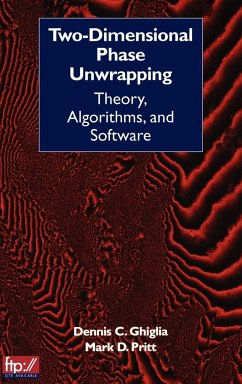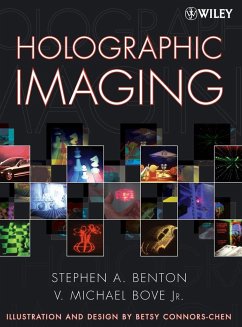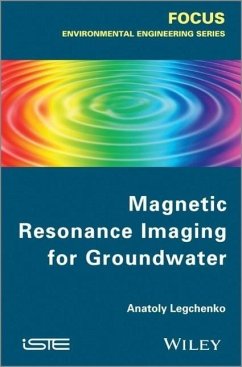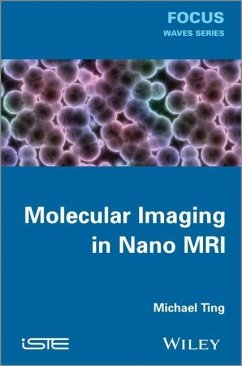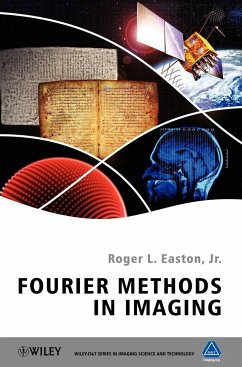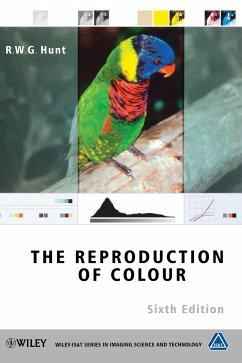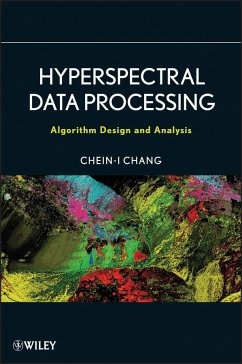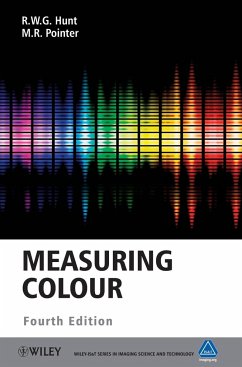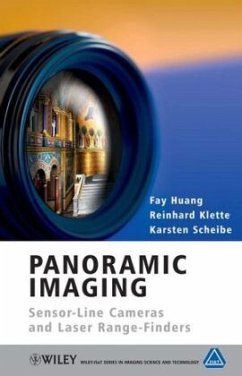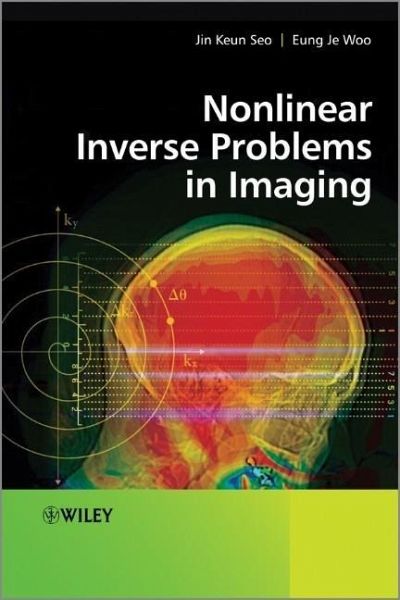
Nonlinear Inverse Problems in Imaging
Versandkostenfrei!
Versandfertig in über 4 Wochen
106,99 €
inkl. MwSt.
Weitere Ausgaben:

PAYBACK Punkte
53 °P sammeln!
This book provides researchers and engineers in the imaging field with the skills they need to effectively deal with nonlinear inverse problems associated with different imaging modalities, including impedance imaging, optical tomography, elastography, and electrical source imaging. Focusing on numerically implementable methods, the book bridges the gap between theory and applications, helping readers tackle problems in applied mathematics and engineering. Complete, self-contained coverage includes basic concepts, models, computational methods, numerical simulations, examples, and case studies...
This book provides researchers and engineers in the imaging field with the skills they need to effectively deal with nonlinear inverse problems associated with different imaging modalities, including impedance imaging, optical tomography, elastography, and electrical source imaging. Focusing on numerically implementable methods, the book bridges the gap between theory and applications, helping readers tackle problems in applied mathematics and engineering. Complete, self-contained coverage includes basic concepts, models, computational methods, numerical simulations, examples, and case studies.
Provides a step-by-step progressive treatment of topics for ease of understanding.
Discusses the underlying physical phenomena as well as implementation details of image reconstruction algorithms as prerequisites for finding solutions to non linear inverse problems with practical significance and value.
Includes end of chapter problems, case studies and examples with solutions throughout the book.
Companion website will provide further examples and solutions, experimental data sets, open problems, teaching material such as PowerPoint slides and software including MATLAB m files.
Essential reading for Graduate students and researchers in imaging science working across the areas of applied mathematics, biomedical engineering, and electrical engineering and specifically those involved in nonlinear imaging techniques, impedance imaging, optical tomography, elastography, and electrical source imaging
Provides a step-by-step progressive treatment of topics for ease of understanding.
Discusses the underlying physical phenomena as well as implementation details of image reconstruction algorithms as prerequisites for finding solutions to non linear inverse problems with practical significance and value.
Includes end of chapter problems, case studies and examples with solutions throughout the book.
Companion website will provide further examples and solutions, experimental data sets, open problems, teaching material such as PowerPoint slides and software including MATLAB m files.
Essential reading for Graduate students and researchers in imaging science working across the areas of applied mathematics, biomedical engineering, and electrical engineering and specifically those involved in nonlinear imaging techniques, impedance imaging, optical tomography, elastography, and electrical source imaging




